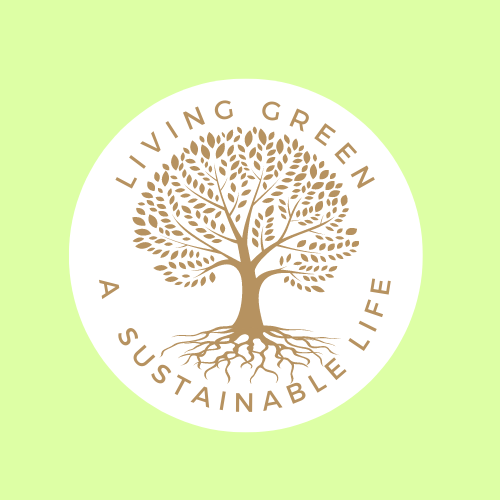Why we need to forget 'Eco-friendly' Alternatives
So we all know it now, disposable nappies are bad for landfill, wipes contain plastic, we should all have cloths around the kitchen that can be washed after use. We get it, we know it’s all bad. But hang on, you can buy eco- alternatives. This is great, Detol says their disposable wipes are 100% biodegradable and still kill 99% of germs. You can also buy eco-friendly nappies, so although a little more expensive that’s going to save a ton of washing. They are constantly looking for plastic alternative, soon we will all be able to buy bottles of water again without feeling guilty and life will be great again, this is the solution to all of our problems right? WRONG.
The problem with single use plastic is not just that it’s made of plastic but the fact that’s it’s SINGLE USE.
Since I started this (dare I say it) “journey” (for want of a better word) I’ve come to realize that plastic is far from the main problem. Although I still strive to use as little as possible when it comes to plastic, I’ve discovered that even paper alternatives aren’t great.
Pin me for later….
All products we use have a carbon footprint of their own.
Everything we buy had to be produced somewhere. That little product you just brought took resources to produce it, then to package it, then to ship it, for you to then buy it and bring it home, to use it for a what? A matter of days? Hours? Seconds? Most likely.
It’s not just about where your rubbish ends up, in landfill or the sea but the damaging effects it has on our world to get to you.
This is why sometimes plastic isn’t always the bad guy, although it pains me to say it.
Is a plastic bag really that evil? Is there really an eco-friendly alternative.
Take carrier bags for example. In a study carried out by SAGE (Sound Advice for Green Earth) found that a paper bag needs to be reused at least 3 times more in order to neutralize its carbon footprint compared to plastic because it uses 4 times more water to produce. Paper of course also means cutting down trees. A cotton reusable bag needed to be reused a whooping 131 times to neutralize its carbon footprint because cotton, as I’ve explained in a previous post about Fast Fashion has many damaging factors.
There really is no easy answer, other than to make sure you reuse any bag you have as much as possible and buy strong one that will last, weather that be plastic, hemp, bamboo or cotton. Of course in my opinion we should still avoid plastic where possible because of its after effects and the fact that it’s difficult to recycle.
What about compostable and biodegradable? Are these good eco-friendly alternatives.
A compostable or biodegradable baby wipes may sound great as well as eco-nappies but if your sending them to landfill they will take just as long as a regular single use nappy to break down. This is because the conditions in a landfill are manufactured to let no oxygen in. Add this to the manufacturing process (although they won’t contain oil or chemicals so still a better option for your baby) they aren’t much better .
no thanks to green washing.
For all the reason above I’m going to say thanks but no thanks to the “green washing” solutions companies are producing, because of course they still want to make a profit. I’ll keep my reusable nappies, wipes, cloths, make up pads, and my moon cup because at the end of the day if nothing else I like them all.
Where do I get started with reusable products?
There’s so many great reusable products out there depending on your needs.
For baby products everything you need to know about Low Impact Parenting is right here.
For ladies that want to change the way they go about their monthly cycle all my love around zero waste periods can be right here.
If you just fancy heading down the zero waste rabbit hole here’s a great place to start.
As always I’ve given you lots to think about, if you have any questions just head over to Instagram, that’s where I usually hang out and fire away, I’m always happy to help and advise.
Hannah x
Pin me for later….













Finding it hard to leave the liquid bottles behind? Here’s 6 easy ways to make the switch to shampoo and conditioner bars.